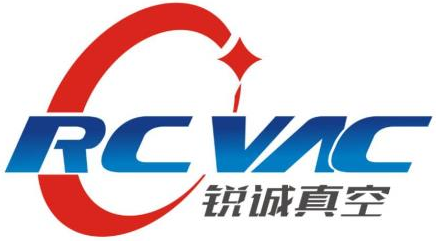Vacuum technology, with its increasingly widespread application, is an indispensable and important technology in industrial systems, covering fields such as aerospace, military, and photovoltaic power generation. At present, vacuum technology is highly valued by countries around the world, and vacuum equipment, technology, materials, accessories, etc. have broad market prospects. The vacuum equipment industry in China is growing at a rate of about 20% per year. With the support of major national projects, the domestic vacuum technology industry can no longer meet market requirements in terms of quality. Below is a brief overview of the demand for vacuum technology in three major industries:
Metallurgical industry: The vacuum technology required in the metallurgical industry includes steel liquid vacuum treatment, vacuum melting, vacuum induction melting, induction shell melting, vacuum arc remelting, etc. Among them, vacuum steel treatment is an important aspect of the metallurgical industry. This technology is mainly applied in high-tech industries such as atomic energy, space technology, ocean drilling technology, gas engine technology, automotive industry, aircraft manufacturing, high-speed trains, etc. It controls and processes certain elements in steel, and puts forward increasingly high requirements for the service life and reliability of steel materials. At present, various application industries have modern vacuum processing equipment, which greatly reduces the content of impurities such as nitrogen, hydrogen, and oxygen in steel, and the processing level is constantly improving. Countries such as the United States, Japan, and Germany have adopted this technology as a national standard and have implemented 100% vacuum degassing treatment for their bearing steel, electrical steel, and high-quality large forgings to meet the basic requirements of modern steel industry.
Electronics and Microelectronics Industry: Microelectronics technology requires electronic components and circuits to have increasingly smaller sizes and higher integration requirements. This is closely related to the application of vacuum technology, especially the microfabrication technology of ultra large scale integrated circuits. The formation of geometric structures, ultra-thin layer growth technology, and particle beam injection technology all require high-quality and clean vacuum environments, indicating the dependence of their development on vacuum technology and equipment. At present, about 60% of the sales of Japanese vacuum manufacturers are aimed at the electronics industry, and about 3/4 of the processes in today's ultra large scale integrated circuits require vacuum conditions.
The mechanical manufacturing industry: This is an industry with strong driving force and wide driving effect. Currently, the shadow of the European debt crisis has not dissipated, and countries are actively making the mechanical manufacturing industry a key focus to boost the economy. Its technical applications are generally concentrated in traditional fields such as vacuum heat treatment, vacuum brazing, and vacuum coated cutting tools. Vacuum heat treatment refers to a new type of heat treatment technology that closely combines vacuum technology with heat treatment technology. It can improve the service life, accelerate the adsorption and reaction process of chemical heat treatment for tools, molds, and precision couplings. In addition, its flexible and pollution-free process has become a commonly used treatment method in the industry.


 首页
首页 核心产品
核心产品 电话咨询
电话咨询 技术团队
技术团队